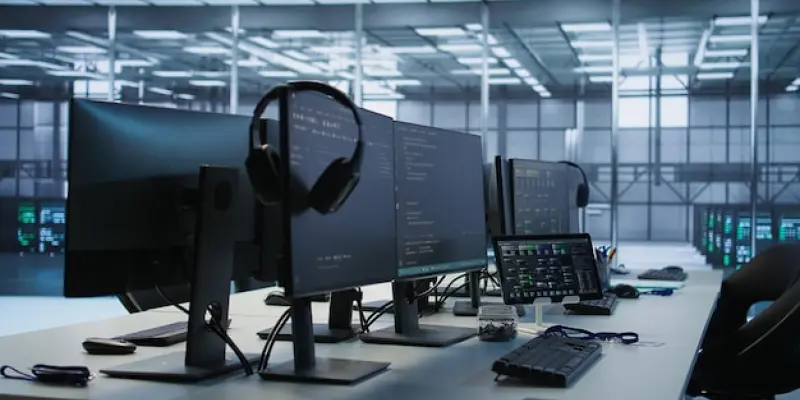The digital landscape has encountered another high-stakes cybersecurity incident involving SAP, a leading German software corporation. A critical unauthenticated file upload vulnerability in its NetWeaver Visual Composer has surfaced, requiring immediate attention. This vulnerability, identified as CVE-2025-31324, poses a severe threat with a maximum severity score of 10.0. This flaw could allow attackers to introduce harmful executable files into the system, jeopardizing its confidentiality, integrity, and availability. In response to these findings, SAP acted quickly, providing an emergency update specifically for its customers. Such incidents underscore the persistent challenges organizations face in safeguarding digital systems against malicious actors and the crucial need for rapid response mechanisms.
The Nature of the Vulnerability
Uncovering CVE-2025-31324
The vulnerability within SAP NetWeaver Visual Composer posed a significant risk due to an unauthenticated file upload issue involving its Metadata Uploader component. This problem occurred in version 7.50 and allowed attackers to upload potentially dangerous files without authentication. This loophole could lead to severe consequences as unauthorized entities might manipulate or compromise key system elements. As digital systems increasingly become the backbone of business operations, it further emphasizes the need to address these vulnerabilities efficiently. The said vulnerability mirrors challenges seen in remote file inclusion vulnerabilities, pointing to a zero-day exploit even in updated systems. Such scenarios highlight the requirement for ongoing system reviews and immediate actions from software providers.
The Emergence of Exploitation Evidence
Detailed investigations by cybersecurity experts, notably ReliaQuest, into unauthorized file uploads within the SAP NetWeaver platform provided alarming insights. They revealed the use of JSP webshells in open directories, impersonating remote file inclusions. This discovery hinted at sophisticated threat actors exploiting these vulnerabilities for potential service disruptions or data thefts. Identifying these security lapses hinges on experts’ vigilance and readiness to counter potential breaches as technology evolves. Brute Ratel and Heaven’s Gate emerged as tools of choice for execution and evasion by attackers, indicating the sophistication and resourcefulness of modern cyber threats. Such exploits necessitate enhanced vigilance and quick remediation to ensure the integrity of the software ecosystem.
SAP’s Proactive Measures
Timely Disclosure and Mitigation
Upon ReliaQuest’s alert, SAP promptly confirmed an unrestricted file upload vulnerability and urgently informed its users. Swift action from a company of SAP’s stature is paramount to prevent prolonged exposure to threats. The timely release of emergency patches and updates underscores SAP’s commitment to cybersecurity. Software companies must communicate transparently with their user base to build trust and ensure that critical updates are applied promptly. This approach helps maintain the security and functionality of their services amid evolving cyber threats.
Addressing Wider Implications
SAP’s massive presence in various sectors, including government agencies, and its on-premises deployment profiles make its systems appealing targets for cyber attackers. These factors illustrate the broad implications a security lapse in SAP’s offerings can have, extending beyond individual customers to impacting sensitive networks at national and organizational levels. Consequently, there is a discernible emphasis on collaboration between software vendors and their user base to efficiently identify vulnerabilities and implement robust security measures. The event highlights the necessity for perpetual vigilance in cybersecurity practices to secure vital systems against exploitation threats.
Lessons from the Incident
After ReliaQuest alerted them, SAP quickly confirmed there was a vulnerability allowing unrestricted file uploads. They swiftly informed their users about the issue, demonstrating the urgency required for a company of SAP’s stature to act in such situations. Rapid response is critical to avoid extended vulnerability to potential threats. By releasing emergency patches and updates promptly, SAP showed its strong commitment to cybersecurity. It’s essential for software companies to maintain open and transparent communication with their users. This transparency is crucial in building and maintaining trust, ensuring that necessary updates are implemented without delay. Such proactive measures are vital in preserving the security and reliability of their services, especially as cyber threats continuously change and evolve. By keeping their user base informed and engaged, software companies can stay one step ahead in the cybersecurity landscape, ensuring that both their services and customers remain protected.

